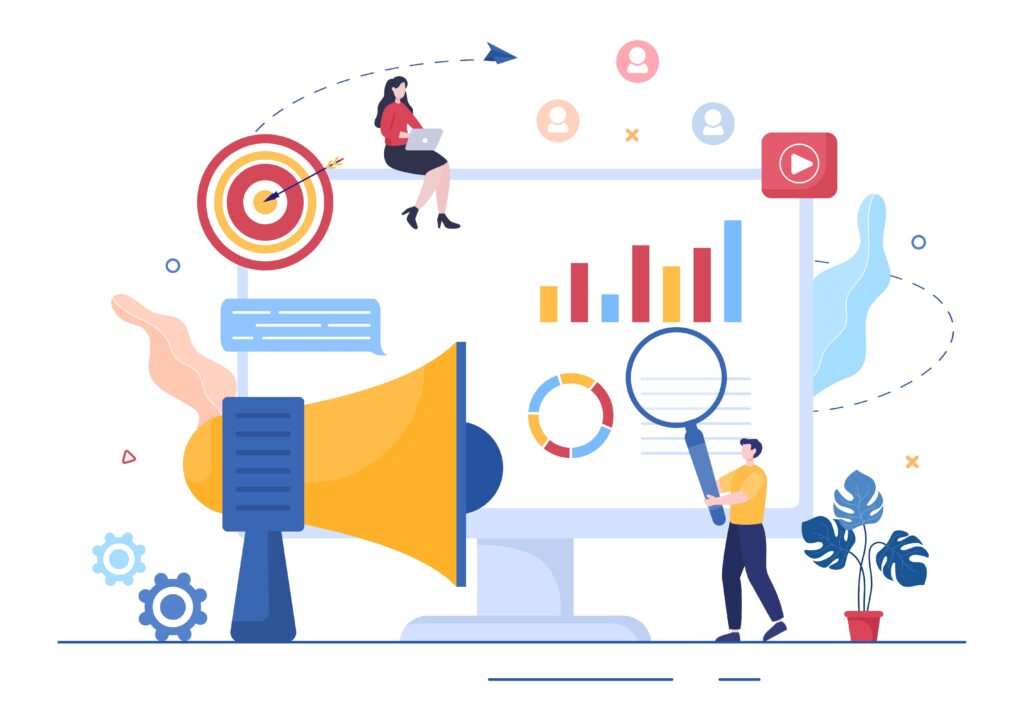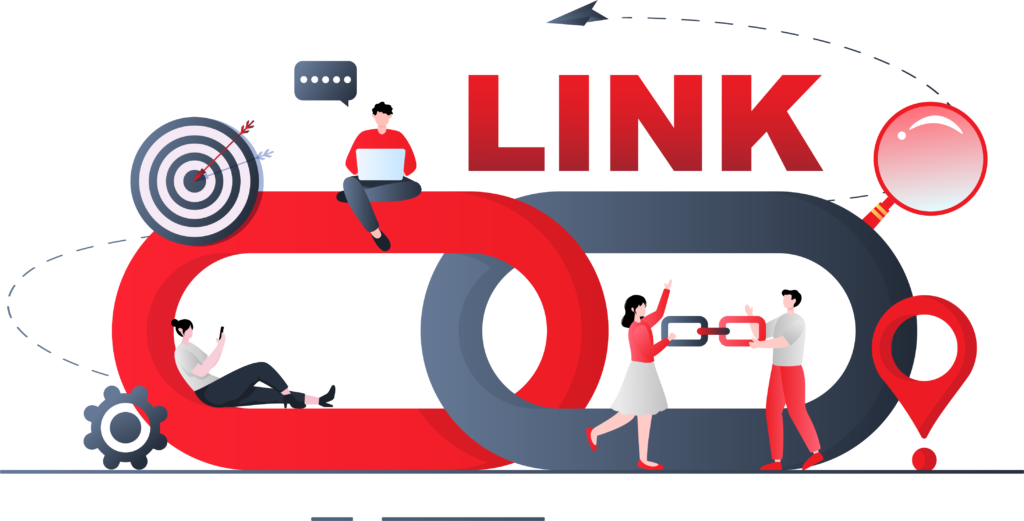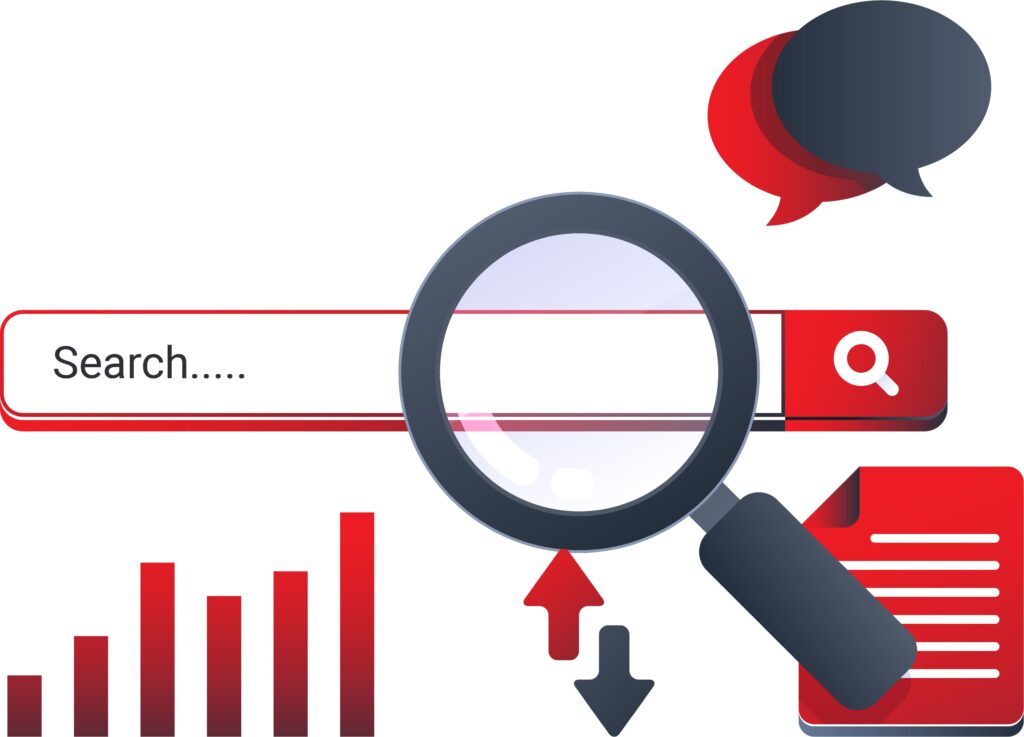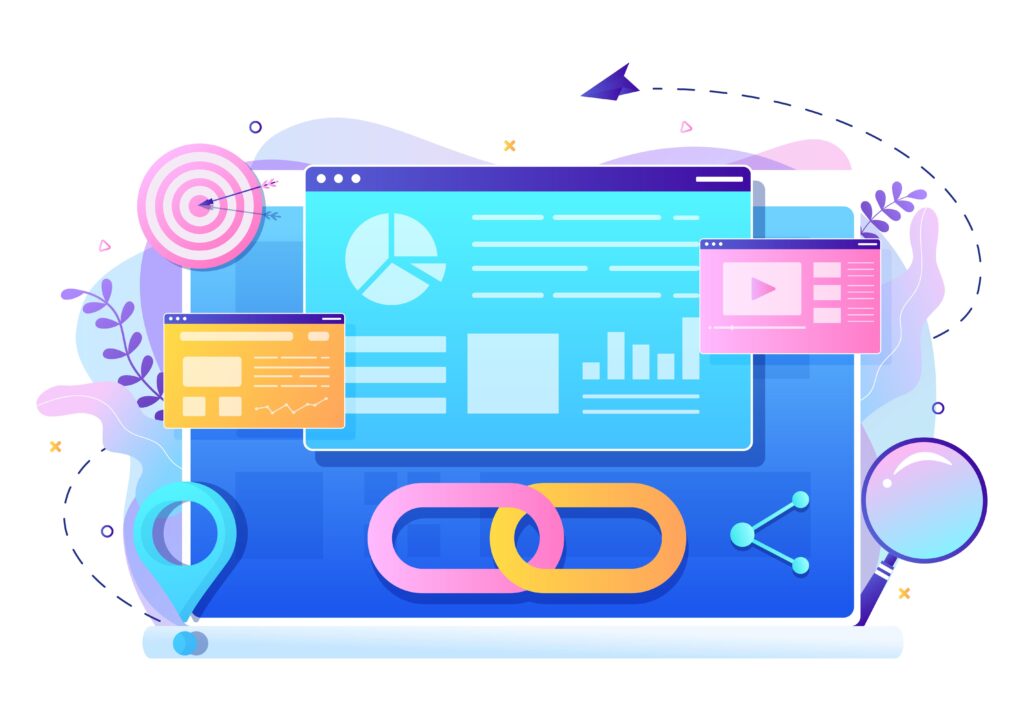The goal of the inbound marketing methodology is to draw potential consumers in by producing useful information and engaging experiences that speak to their needs and interests.
Inbound marketing seeks to attract customers to a business by giving them useful content, as opposed to conventional outbound marketing strategies that depend on disrupting customers with advertising messages.
Stages Of Inbound Marketing
The four stages of the inbound marketing process are attracting, converting, closing, and delighting. Different strategies are used at each stage to engage potential customers and encourage them to make a purchase.
1. Attracting
Attracting the audiences is the initial target and phase of inbound marketing. To boost visibility and generate traffic to the brand’s website, it is important to provide content that is optimized for search engines and social media platforms.
Brands must first comprehend their target demographic and their demands to provide content that appeals to potential customers. Creating buyer personas, which are fictional representations of the ideal consumer, is required for this.
Demographic details like age, gender, and geography should be included in buyer personas, as well as psychographic details like hobbies, behaviors, and pain points.
Brands can provide content that speaks to the specific requirements and interests of their target audience once buyer personas have been defined. Blog articles, videos, infographics, and other forms of digital media may be included in this content.
Brands may use search engine optimization (SEO) strategies, such as the use of pertinent keywords and meta descriptions, and social media marketing tactics, such as sharing information on social media platforms and interacting with followers, to boost the exposure of this content.
2. Convert
Conversion is the second stage in inbound marketing. Utilizing forms, landing pages, and calls to action to gather contact information from website users and transform them into leads is the process of converting potential clients.
Brands need to deliver something of value in return for website users’ contact information. Free e-books, webinars, or other forms of information that are pertinent to their interests may be included in this.
Brands can cultivate leads with targeted email campaigns and other forms of communication once they have submitted their contact information to develop a relationship and drive them toward making a purchase.
3. Close
Inbound marketing is rapidly approaching its third stage. By offering leads information that is tailored to their individual wants and pain areas, closing entails converting leads into paying clients.
Brands may use marketing automation tools, such as customer relationship management (CRM) systems, to follow prospects and send them offers and information that is tailored to their needs to complete a transaction.
To gain the trust and loyalty of their clients, brands must not only offer personalized content and offers but also top-notch customer service.
4. Delight
Delight is the inbound marketing process’s last stage. Customers must be delighted by giving them extraordinary experiences that go above and beyond their expectations to win them over as brand promoters.
Even after a transaction has been made, brands must continue to offer helpful material and individualized communication to delight customers. This can entail awarding loyalty prizes, sending tailored follow-up emails, and sharing product usage advice.
By exceeding consumers’ expectations, businesses can transform them into brand evangelists who share their products and services on social media and through word-of-mouth marketing.
Inbound marketing vs. outbound marketing
There are several significant ways that inbound marketing varies from conventional outbound marketing strategies.
First, as opposed to outbound marketing, which relies on disrupting people with advertisements, inbound marketing concentrates on developing meaningful content and experiences that draw potential customers.
Inbound marketing is also more economical than outbound marketing, which is the second benefit. While outbound marketing necessitates substantial advertising expenditures, inbound marketing can be carried out with only modest financial resources by producing and disseminating digital content.
Third, compared to outward marketing, inbound marketing is more focused. Brands can provide content that is more likely to resonant with potential customers and encourage them to purchase by understanding the needs and interests of their target audience
Benefits Of Inbound Marketing
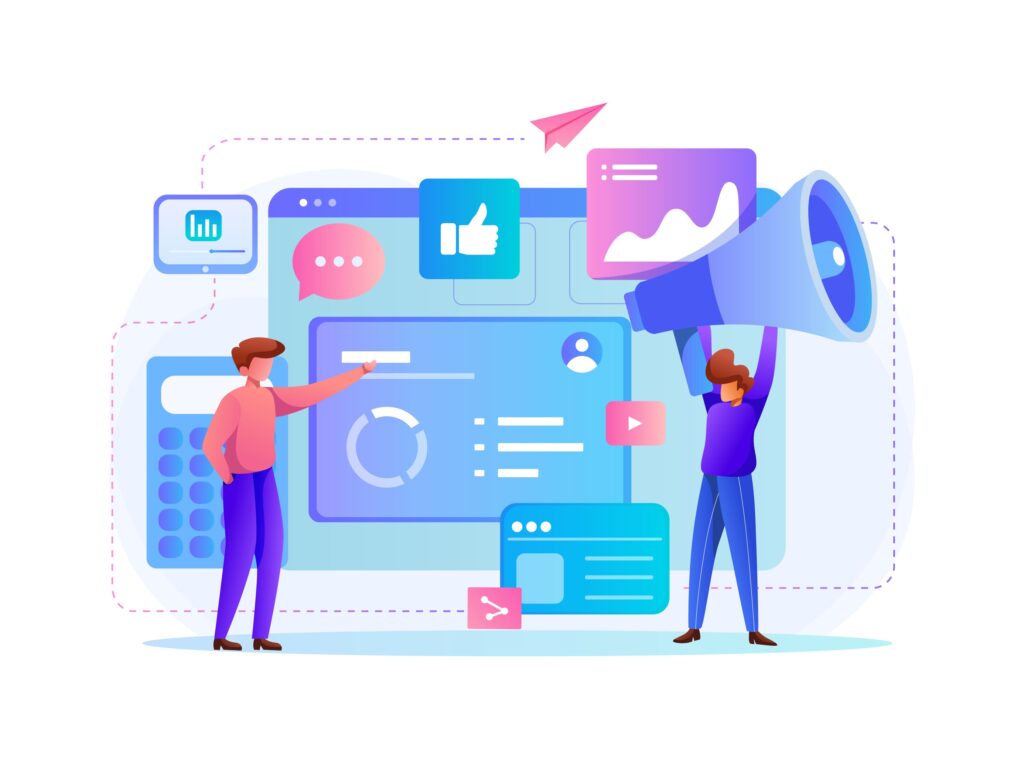
Inbound marketing has many advantages for brands. Among these advantages are:
1. Cost-Effectiveness:
Compared to outbound marketing strategies like radio or TV advertising, inbound marketing is typically more affordable. Digital content creation and distribution may be done on relatively small budgets, and the cost per lead is typically cheaper than with traditional advertising techniques.
2. Builds Credibility And Trust:
The main goal of inbound marketing is to attract potential customers by offering them useful information and engaging experiences. Brands can boost brand loyalty and customer retention by doing this through developing trust and credibility with their target market.
3. Targeted Approach:
Compared to conventional outbound marketing strategies, inbound marketing takes a more specialized approach to the market. Brands can provide content that is more likely to resonate with potential customers and encourage them to purchase by understanding the needs and interests of their target audience.
4. Increased Visibility:
A brand’s online visibility can be raised by utilizing inbound marketing strategies like search engine optimization (SEO) and social media marketing. Brands can reach a larger audience and draw in more prospective customers by optimizing material for search engines and sharing it on social media platforms.
5. Better Engagement:
Inbound marketing focuses on creating valuable content and experiences that engage potential customers. By providing content that addresses their needs and interests, brands can foster a deeper connection with their audience and increase engagement levels.
6. Measurable Results:
Inbound marketing tactics can be easily tracked and measured, which allows brands to evaluate the effectiveness of their campaigns and make data-driven decisions. By analyzing metrics such as website traffic, lead generation, and customer conversion rates, brands can refine their strategies and optimize their campaigns for better results.
7. Longer-Term Benefits:
Inbound marketing is a long-term strategy that can deliver sustained results over time. By consistently creating valuable content and engaging with their target audience, brands can build a loyal customer base and establish themselves as thought leaders in their industry.
Conclusion
The goal of inbound marketing is to draw potential customers in by producing useful information and engaging experiences. It is a successful and economical method of marketing.
Brands may create leads, boost engagement, and gradually develop a devoted client base by developing trust and credibility with their audience, focusing their marketing efforts, and constantly producing great content.

